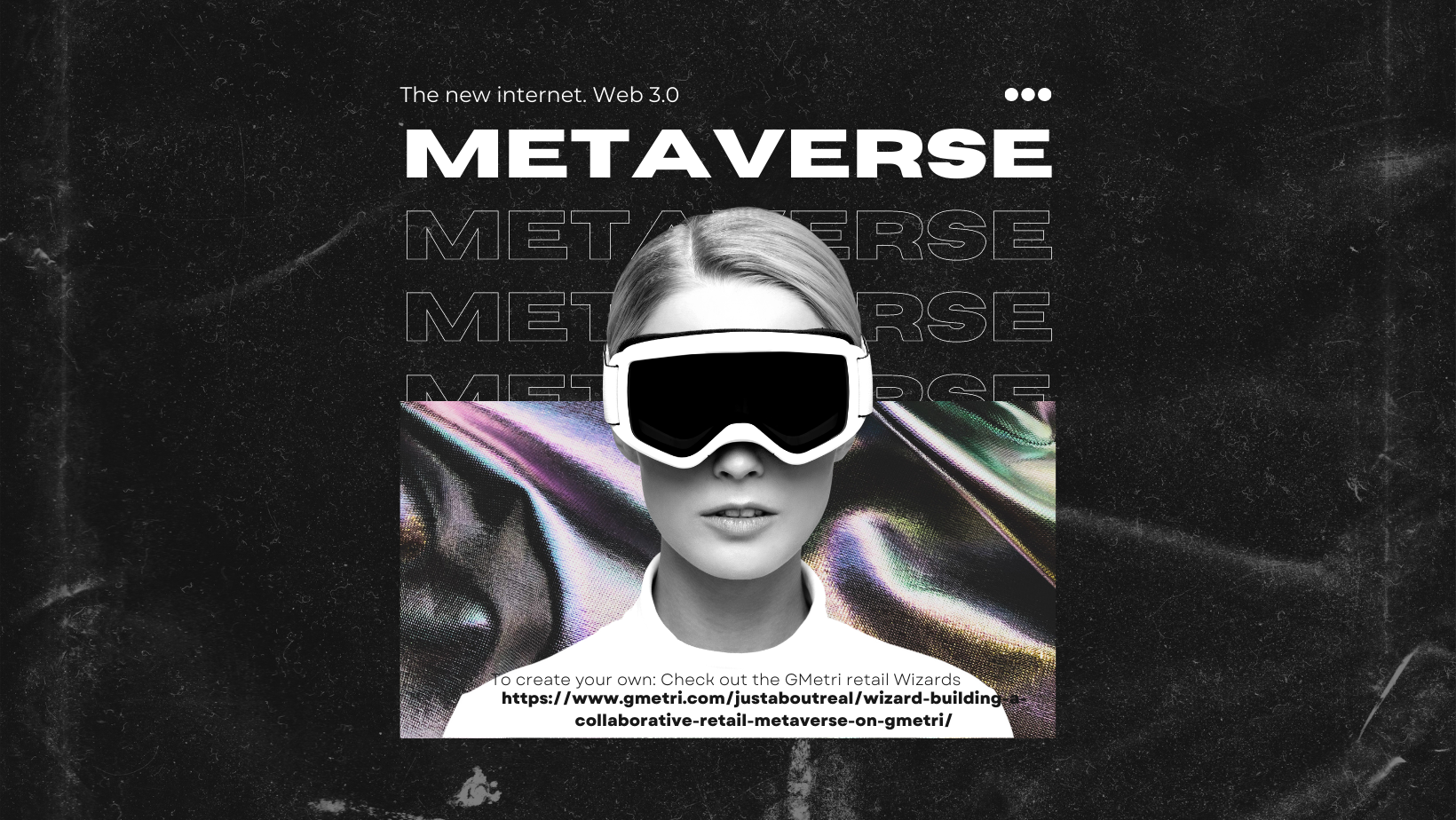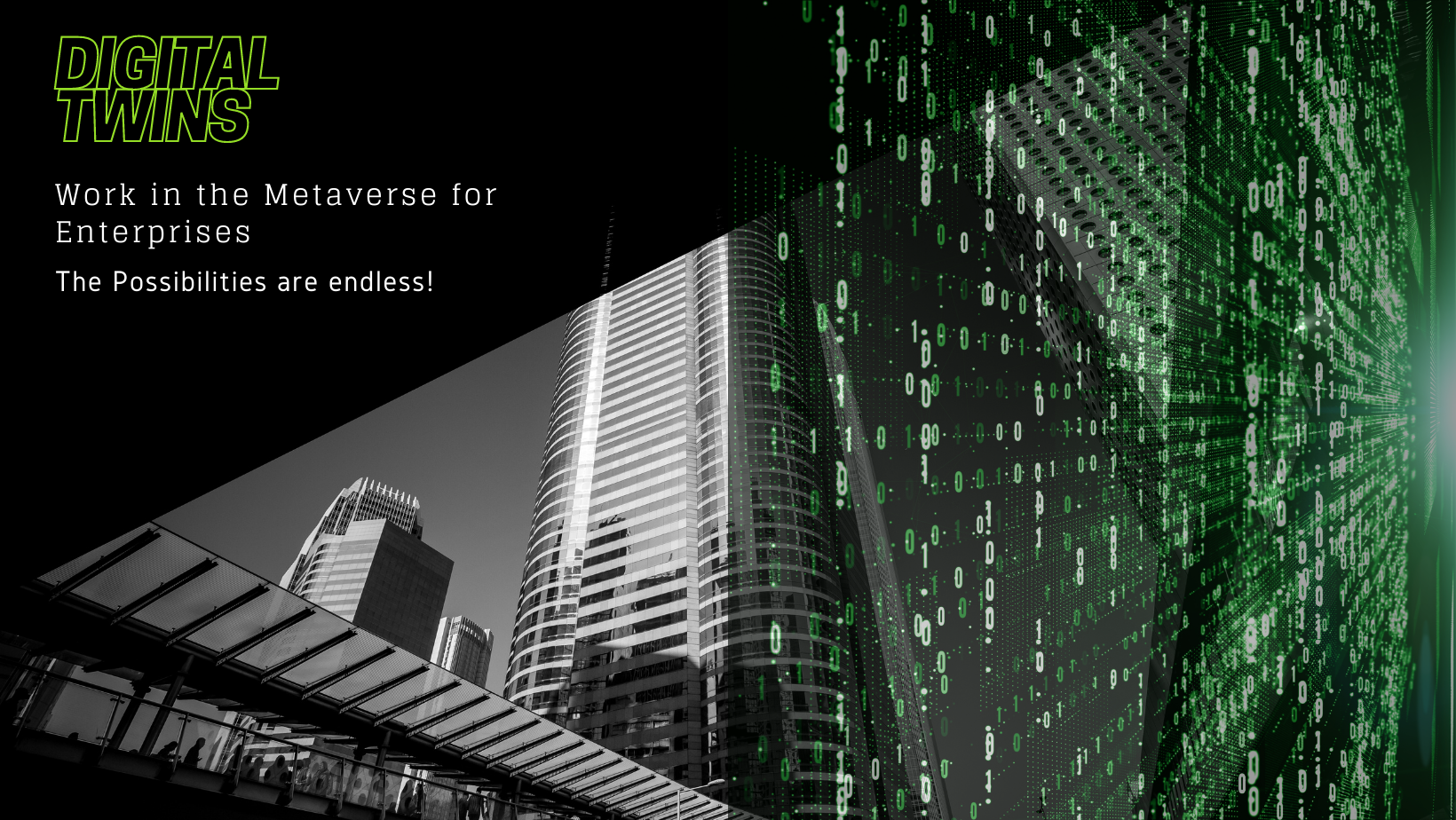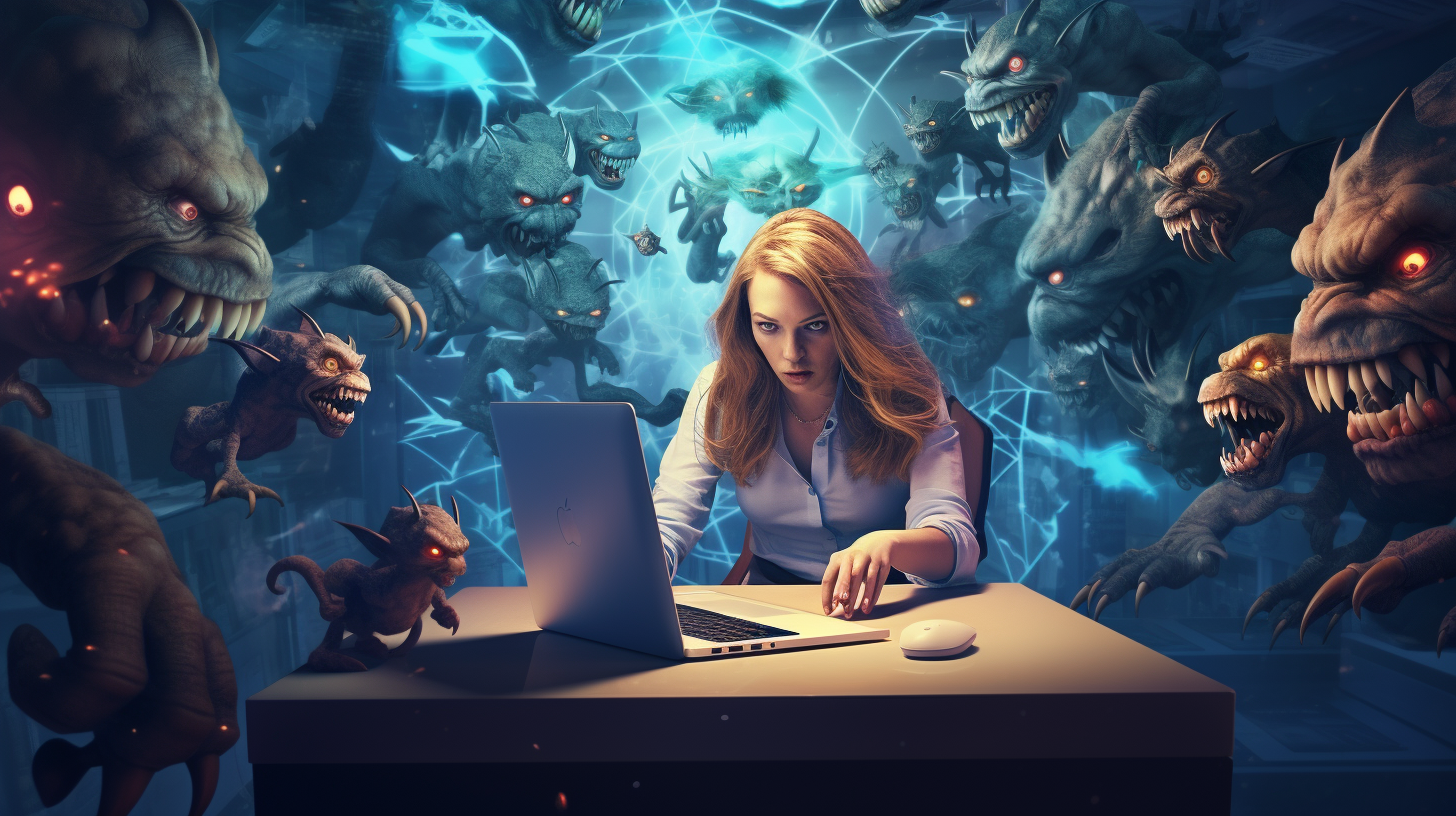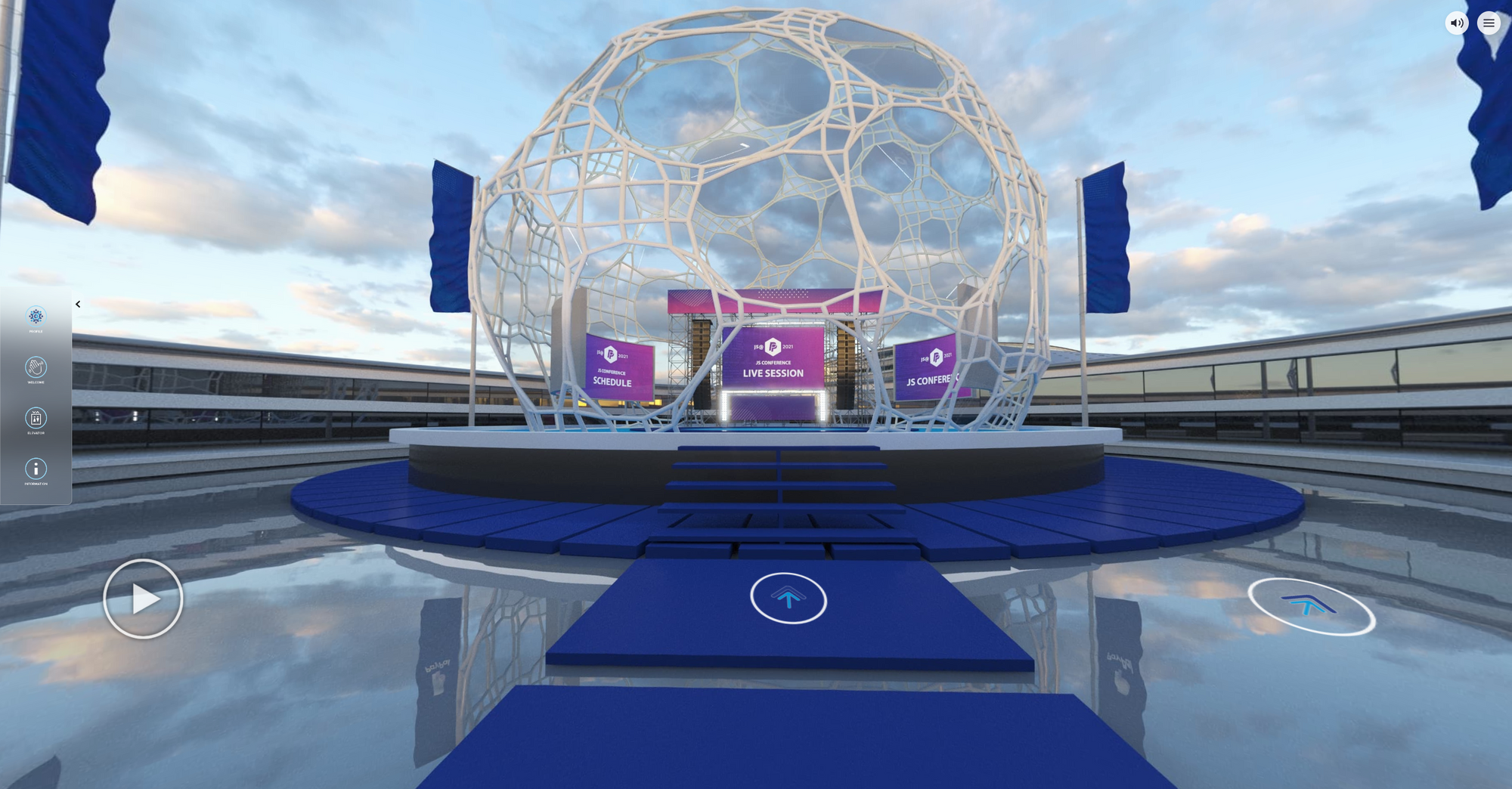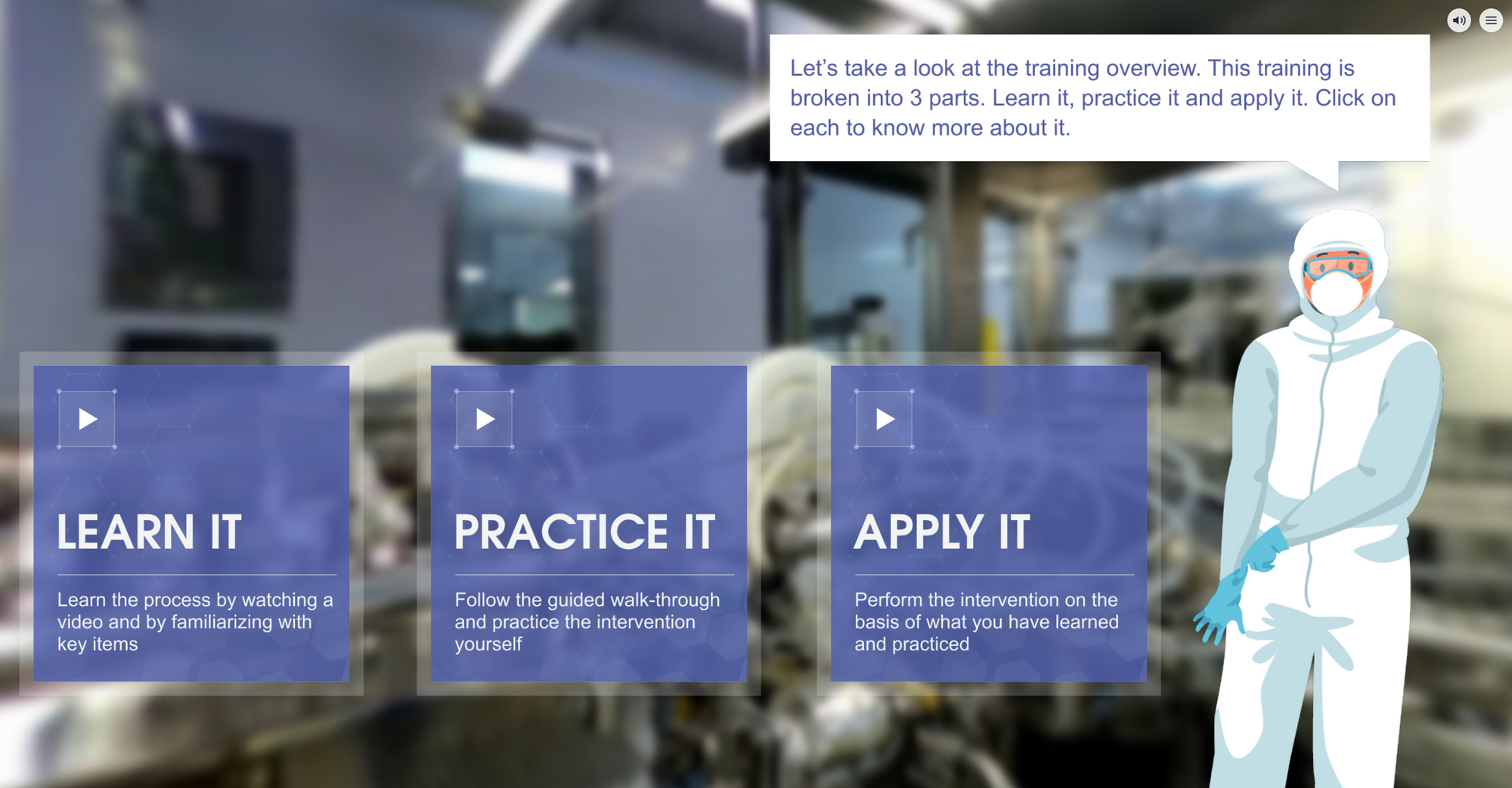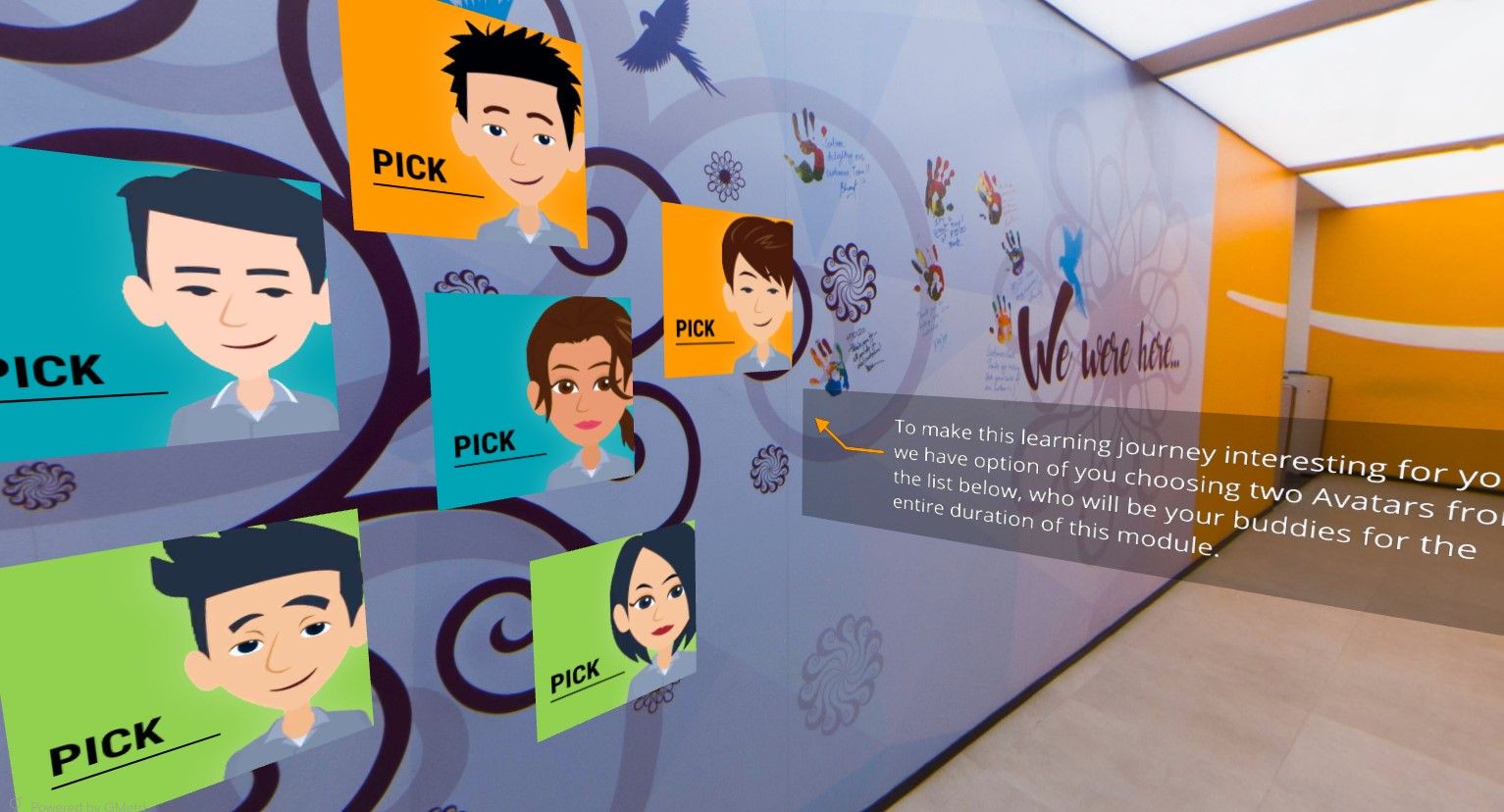Innovation of new technologies has never failed to amaze us. One of such is metaverse and immersive clouds finding new ways to function in society. Extended reality refers to having a real-and-virtual collaborative environment wherein human-machine interactions can be generated by computer technology. GMetri’s Metaverse is one such platform democratizing the internet by bringing in XR solutions.
A metaverse technology includes representative forms such as augmented reality, augmented virtuality, and virtual reality and the areas interpolated among them. Now that the scope of this technology is expanding steadily, 71% of consumers say they would shop more often if they used AR.
And that counts to be a beneficial option for both sellers and buyers. Creating a virtual world and incorporating elements like different clothing restricts the need to travel. At the same time, other brands can leave behind setting up an expensive infrastructure. Now, we get that there are questions about what is XR? Also, what does all this mean to the fashion sector? Before diving in there, let's examine and try to understand the future of virtual reality in fashion.
360-degree video for Virtual Reality in Fashion
Like any other industry where there are pros and cons weighed while incorporating technologies against traditional ways, we also have them in the fashion industry. For instance, while shopping online, there is a lack of spherical and immersive videos to showcase new products in depth. It is essential to bridge a customer's shopping experience when they walk into a store while sitting at their homes.
To overcome these issues, the fashion industry has always been the frontrunner in adopting new technologies to optimize the customer experience. 360-degree videos are an indispensable component of VR, and they are shot using unique omnidirectional cameras. These videos can also be interactive, where the viewer has the option to interact with other elements on the screen.
VR for fashion retail, apparel, and footwear employs 360 videos as a new way to market its content intelligently. These videos are engaging and bring excitement to customers as they haven’t experienced anything like this before. Besides, this addresses the business problems that brand retailers face when expanding themselves on an online platform.
3D digital scanned assets can be created using 360 videos using multiple images taken and then stitched together; the post-production process is relatively similar to creating gaming and other digital VR.
Virtual Fitting Room

Customers want to try new clothes and check the fitting without stepping out of their comfort zone. Many online buyers are scared to purchase because they don’t know what exactly they are going to get. Thus, it is essential to adopt some solution that enables the buyers to make the right choice and waste less time buying the product.
An interactive technology enabler can aid a virtual fitting room, which is an answer to all such problems. With immersive cloud technology, shoppers can try out new looks or beauty products without actually touching them, yet get the look and feel of it. Augmented reality helps place items over live imaging of the customer. The customer gets to experience cutting-edge technology in virtual fitting rooms without getting tired or uncomfortable always while trying out new clothes.
A virtual fitting room plugs into an online store where shoppers can create an avatar with basic measurements and body shape selections unique to each shopper. The solution is size-inclusive, allowing them to find their perfect fit and size. The fit recommendation engine maps sizes and garment patterns to the customer's unique measurements. GMetri’s immersive retail adopts shoppable XR, converting a store into a metaverse and helps shops in retaining contended shoppers.
Shoppers can personalize their avatar’s face, skin tone, and hairstyle. It is an easy and fun way to make shoppers remain engaged and give them the exact idea of the fitting, considering their physical attributes.
It’s predicted that the global virtual fitting room market will grow from $3 million in 2019 to $6.5 million by 2025. That’s a compound annual growth rate of 13.44%!
Online Avatars
Ordering something online becomes a hassle because of the delayed supply chain and the logistics of delivering a physical product to the customer’s door. If the product is returned, it causes a significant leak in the business revenues. Often, customers tend to stay dissatisfied without the try-and-buy effect.
The one-stop solution to this would be the online avatars or Direct-to-Avatar. Emerging technology enables selling products directly to avatars. Digital identities help bypass every burden and allow retailers to sell items directly to customers who project themselves as avatars. The digital avatar is built according to the user's biometric and personal information that renders and casts your physical features and attributes in the fashion market. 3D renders are available from different catalogs to choose from that can further be customized as per your choice.
Power to Alter Reality (Augmented Reality)
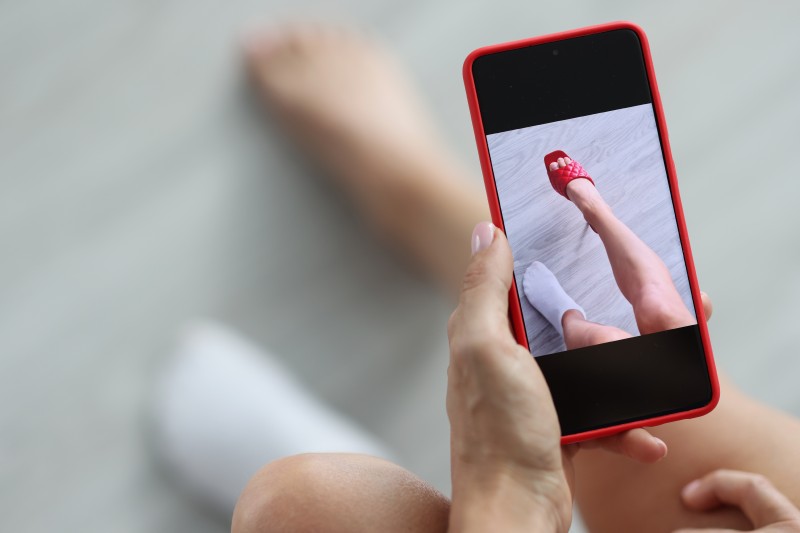
Not being able to impart extra information about the designing and manufacturing process. With the rising trends such as sustainable fashion or the impact of style on the environment, people have shifted their preferences accordingly.
The overlaying of digital content on top of the natural world is known as Augmented Reality. AR allows users to interact with both the natural and digital worlds. It can be used via smartphones or headsets like Microsoft's HoloLens.
AR can alter a user's perception of reality.
Much of the opportunity for AR in fashion is focused on downstream consumer interest and experiences. AR can also be used to share upstream transparency details to curtail rising issues around sustainability concerns. It allows customers to learn more about how and who made the product.
By not wholly restricting the user's vision and the vast potential of untethered usage, AR comes with a new hope. As a result, we can see increasing AR content coming to the fashion sector. It has a humongous potential to establish the fashion industry with the 5G connectivity successfully.
Augmented reality technology offers customers the ability to visualize products in real-time. Such use cases demonstrate how AR can alter a shopper's experience.
Training and Education
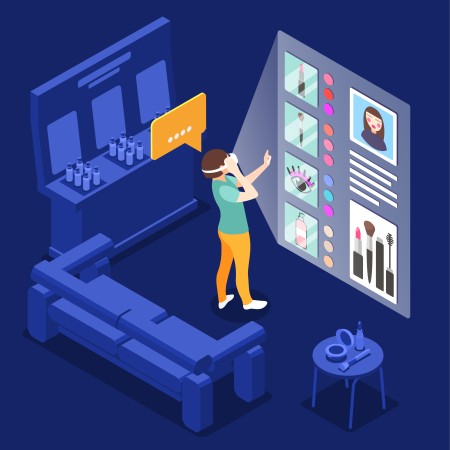
Lack of awareness about established and future technologies operating across the fashion industry leads to staggered functionality. GMetri’s onboarding with XR can help with it just in time to overcome the traditional onboarding practices and deliver the best-in-class education overcoming geographical barriers.
To bring about the best practices in the extended supply chain for businesses such as retail stores, we need to impart knowledge to the next generation.
The solution to this lies with XR introducing new immersive cloud technologies to monitor and maintain inventory. It helps make training enjoyable by sharing the most advanced and sophisticated methods.
This form of education that includes XR can help speed up learning and awareness of the established and future technologies that apply to all chains offered.
Many businesses take advantage of XR using technology adoption and training for recruits, avoiding the expensive travel of experts to impart quality education to trainees.
Need of VR for Fashion Retail
It’s only a matter of time before the fashion industry adopts this model. What was once the future of revolution in fashion is now the present. More will move to XR as people notice the creativity it offers and how it fulfills their needs. Introducing new and established technologies like metaverse for virtual stores, online avatars, customized selections, and reduced logistics delay brings many benefits.

All the benefits mentioned above can be reaped with the help of GMetri's no-code Metaverse Platform. So start your journey today; you can request a callback here.



